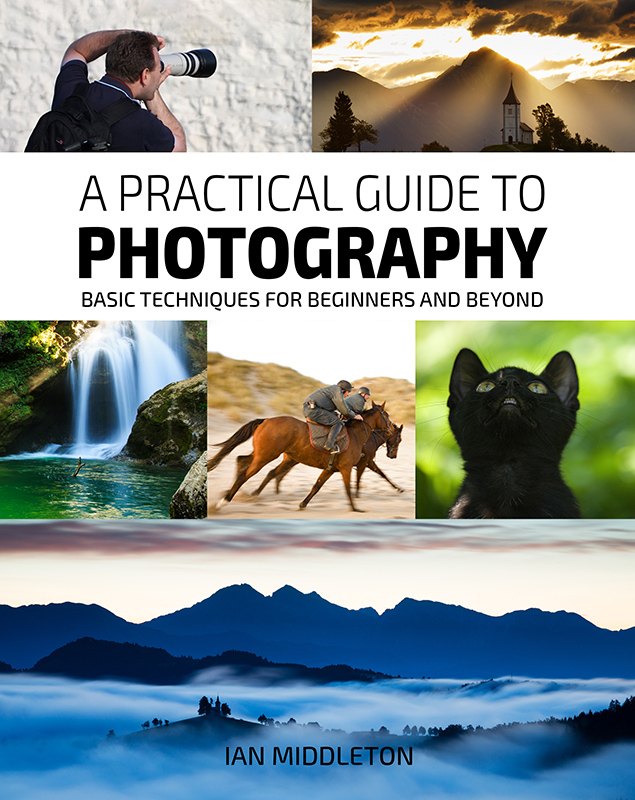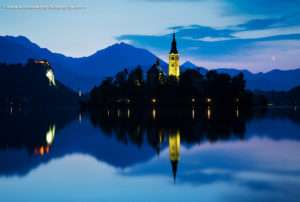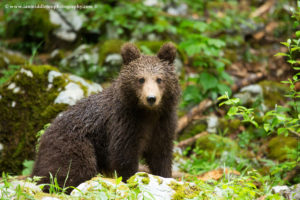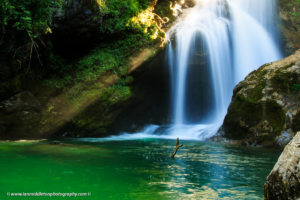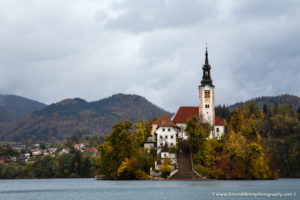When photographing water, consider using a polarizing filter.
In my previous entry, two great polarizing filter effects, I showed you how a polarizing filter can be used to cut out haze in the sky or on mountains, and boost contrast. But what does a polarizing filter do to water? Well, simply put, a polarizing filter reduces glare and darkens reflections on water. This may or may not be a good thing, depending on whether the reflections are wanted or not.
The two images below show you the difference. I took the first photo without polarization applied, and you can see that the sky and hotel are both nicely reflected in the water, helping to create a mirror image.
In the second photo, I applied full polarization to the scene. As you can see, the clouds are no longer visible in the water because the polarizing filter has darkened the water down and cut out the reflection.
Lake Bled
The same goes for this classic view of Lake Bled in Slovenia from Osojnica viewpoint. In the first photo the water is much brighter without the polarizing filter applied, but in the second photo with full polarization the water has been darkened down. This has the effect of making the church and colours stand out more in the photo.
Which are better?
Personally, I like them all. Each has its own appeal. What do you think? Leave your comments below…
So if you haven’t got one, get out there now and add this great filter to your camera kit. I recommend these two makes. I used the Hoya Pro Digital circular polariser for these two images above, which I still have. I also now use a Kase magnetic filter that came with their K9 filter holder. You can see what I think of this in the video below.
Get the right size for your lens
Be sure to check the diameter size of your lens so that you buy the right size filter. To do this, look on the front of your lens for the diameter in millimetres. As an example you can see on the righthand side of the lens in the photo here is 77mm.
My book
Learn Photography
For a more comprehensive look at photography, check out my book, available to buy at Amazon.
Shedding light on all the photography basics in one book.
Want to know how to take better photos? Well, first you need to master the basic techniques. Whether you are a complete beginner or an intermediate looking to improve your photography, this book is packed with photography techniques, tips and advice for beginners and intermediates.
All the camera functions and their effects explained.

How to avoid losing your holiday photos
There can nothing worse than losing your holiday photos, especially while still on holiday. The best way to avoid this is to use cloud storage. Here are some options.

Dragon Bridge in Ljubljana
The Dragon Bridge is possibly one of the most famous scenes in Ljubljana to photograph. Here I give you some tips.

How to avoid clipping your highlights and shadows
In this tutorial I show you how to use the histogram to avoid clipping your highlights and shadows, followed by a video tutorial.

Photography Workshops in bad weather
What do we do on photography workshops when the weather turns bad? Here I explain how it’s not as bad as you might think.
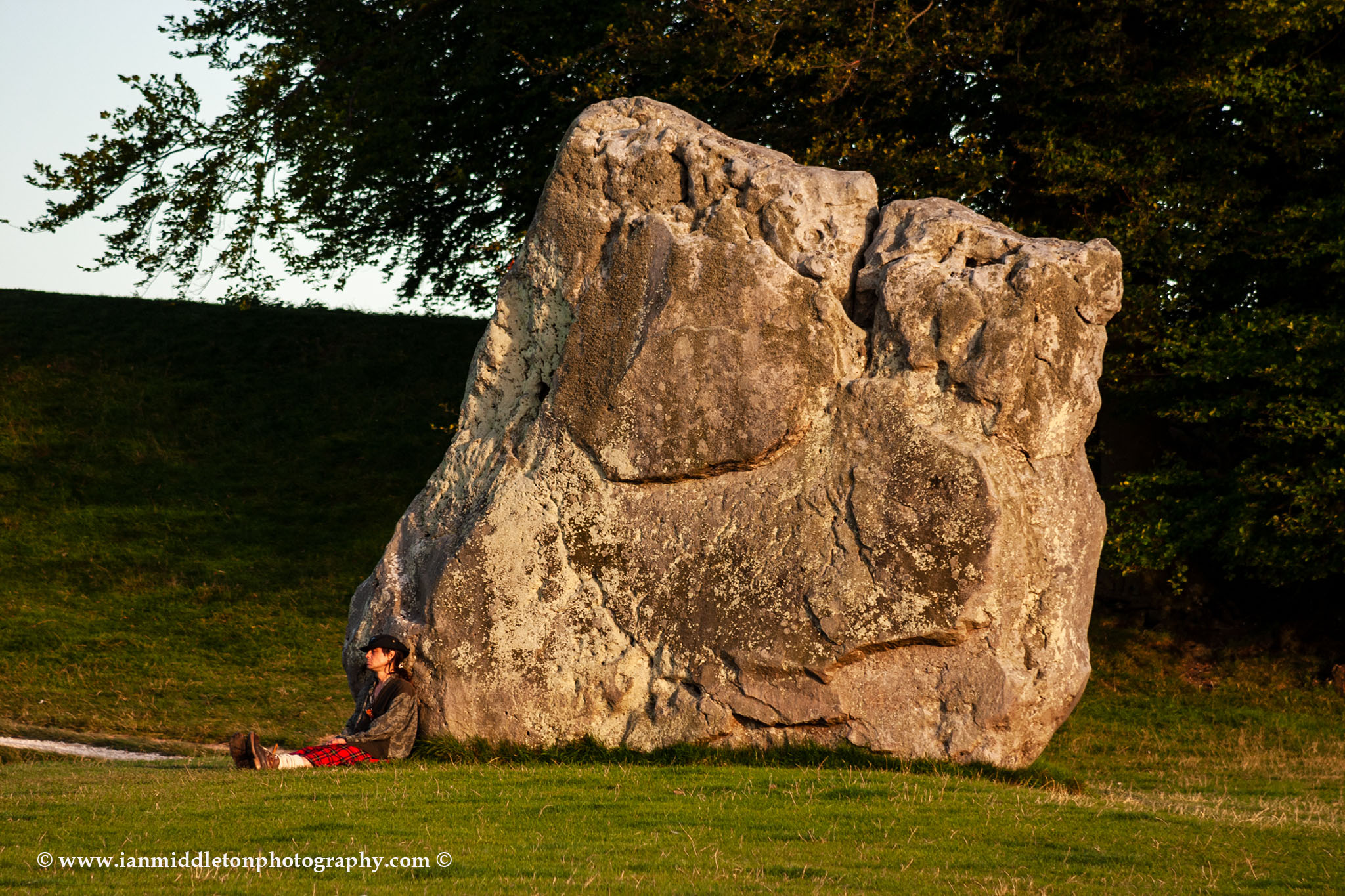
Live for the Story
As the years go by and we accumulate so many thousands of digital photographs, especially as a professional photographer, it’s easy to forget about the old ones.

Long Exposure at Saint Thomas Church
It’s important to be patient when doing landscape photography, but my patience was severely tested one morning. I almost missed this great long exposure shot at Saint Thomas Church.






